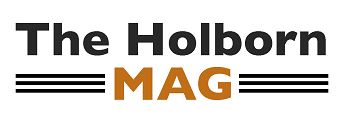Traffic cones are a part of life for most people in the modern world. They have many uses, such as serving as markers to direct traffic temporarily or for sports equipment. There are multiple types of cones, as well as cone accessories and guidelines for cone use.
Types
The term “traffic cones” brings to mind an orange cone-shaped object. Not all traffic cones Fort Collins CO are orange, but the color allows for increased visibility as do the pink and bright yellow cones. Cones can be as short as 12 inches tall or over 3 feet tall. The larger cones are typically used on highways and interstates where people are moving faster in their cars and need a greater distance to see them.
Most cones are hollow and lightweight to help prevent damage to vehicles or people who may run into them. The cones sit on a base that is usually black and are made of flexible plastic that holds its shape when sitting upright.
Accessories
Cone accessories help improve visibility and provide stabilization for the cone. Reflecting tape and collars, which can be attached to the body of the cone, allows for better visibility at night. Rotating or blinking lights and flags or signs attached to the cones can also help increase visibility. Base stabilizers are made of a heavier plastic to prevent the cone from falling over.
Guidelines
There are rules to follow when using traffic cones. Not only are the cone design, size, and material regulated by local or federal laws, how cones are used is also regulated. The Manual on Uniform Traffic Control Devices addresses, among other things, the visibility requirements of traffic cones. This includes making the cones more visible at night by using reflective strips.
While maneuvering the highways and freeways of traffic, it can be useful to know more facts about traffic cones. They can be colorful but must be highly visible, have accessories for better visibility and guidelines for regulation.

